If modern EC motors are used as the driving force in fans instead of conventional AC technology, energy consumption and hence operating costs can be significantly reduced. It pays to convert to EC technology for other reasons as well. EC fans have infinitely variable speed control and operate at high efficiencies even in partial-load operation. They also offer networking options and, if appropriately designed, can withstand even harsh ambient conditions. These advantages can now also be used with larger fans that deliver huge air flows. With its new FanDrive DV280 (Fig. 1) ebm-papst has developed a new high-performance EC motor that, with an electrical input capacity of up to 24 kW and a torque of impressive 180 Nm, is suitable for universal use on large fans worldwide.
The robust motor is designed for heavy wheel loads, operates with the high efficiency of up to 95 percent that is typical of EC motors (better than IE5 in accordance with IEC/TS 60034-30-2) and is therefore an energy-efficient alternative to the powerful AC motors that are commonly used in this area of application (Fig. 2). The new motor does not require any rare earths for its integrated permanent magnets and is also very compact due to the external rotor design typical of ebm-papst, while at the same time being well protected against environmental influences thanks to its robust construction.
Fewer wearing parts, compact design and many functions
As a direct drive, the EC motor offers many advantages in practical use. For example, no wear-prone and high-maintenance belt transmissions are necessary. The fan impeller, which can be either centrifugal or axial, can be mounted directly on the robust stub shaft or motor rotor flange. As the complete control electronics (Fig. 3) are integrated in the motor, there is no need for external devices such as variable frequency drives that have to be assembled, wired and parameterized. The electronics of the EC motors can be replaced for possible maintenance work without having to disassemble the motor or fan. The electrical interfaces are programmable, which reduces the number of connection terminals required and hence the wiring work.
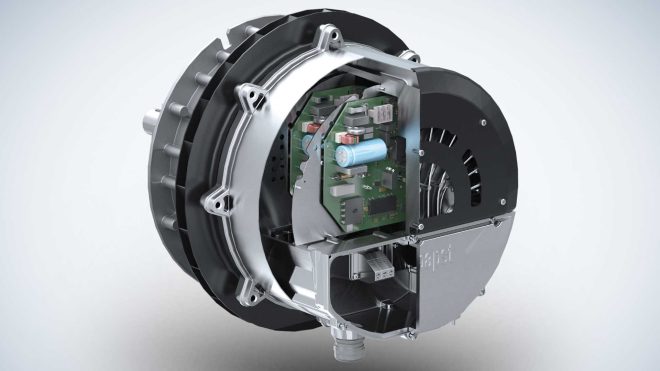
Fig. 3: The electronics of the EC drives can be replaced for possible maintenance work without having to disassemble the motor or fan. (Graphic | ebm-papst)
But the new motor also has plenty to offer in other respects. For example, a vibration sensor is integrated, which enables automatic resonance detection and ultimately increases operational reliability. This is because premature fan failures are usually caused by vibrations due to the installation situation. To detect these, a test start-up is carried out during commissioning in which the vibration level is recorded and analyzed over the entire speed curve. If excessive vibration velocities are now detected in certain ranges, the control software in the electronics automatically adjusts itself so that these speed ranges are “hidden” during further operation. This means that they are passed through, but there is no continuous operation in these ranges.
Automatic resonance detection for more operational reliability
Centrifugal fans are used in a wide range of applications. Depending on the installation situation, resonance can occur in unpredictable speed ranges. If the fan is often operated in such critical ranges, the drive motors’ bearing system may be damaged, leading to fan failure. For system operators, these vibrations can be measured but are not easy to suppress. In its RadiPac centrifugal fans, ebm-papst solves the problem with an automatic resonance detection function that minimizes the effect of vibrations.
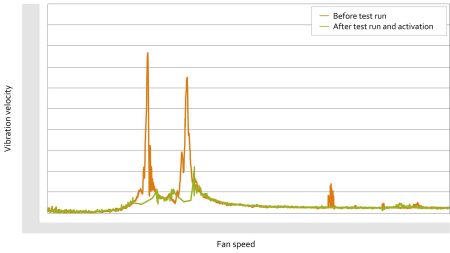
Fig. 4: Even in partial-load operation, the FanDrive DV280 EC motor from ebm-papst has an efficiency of over 95 percent and delivers a torque of up to 180 Nm. (Graphic | ebm-papst)
A test start-up is carried out during commissioning in which the vibration levels over the entire speed curve are recorded and analyzed. If excessive vibration velocities are detected in specific ranges, the control software automatically sets itself to “fast-forward” through these speed ranges in the future. (Fig. 4). In this way EC centrifugal fans can be operated without risk of damage. Operators can manually edit the software settings at any time and always have full control.
If an imbalance occurs during operation, for example due to contamination, this is also detected and displayed at a suitable point so that appropriate remedial measures can be initiated. Operators can manually edit the software settings at any time and always have full control. The motor’s heat dissipation has also been optimized. Reliable cooling is provided both by the special housing geometry (Fig. 5) and an additional fan, which actively cools the electronics during operation.
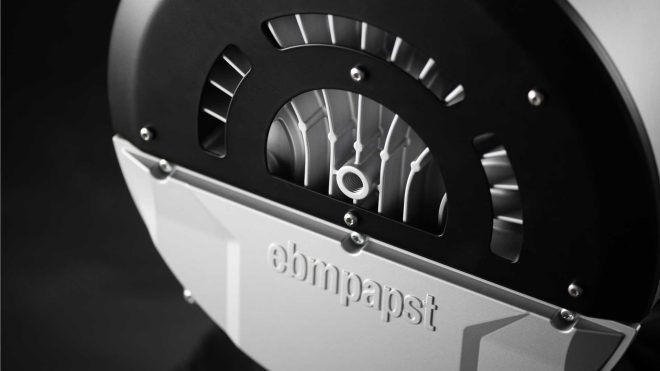
Fig. 5: The special housing geometry ensures reliable cooling of the power electronics. (Graphic | ebm-papst)
Complete plug & play solution
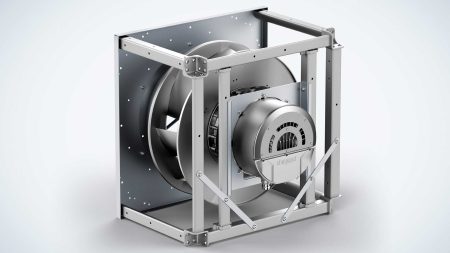
Fig. 6: The complete fan unit (here in the form of a RadiPac centrifugal fan) requires less space, which can make transport and assembly much easier. These plug & play, ready-to-connect complete solutions also offer users the added benefit that the motor and impeller are perfectly coordinated. (Graphic | ebm-papst)
Thanks to its external rotor design, the motor also has impressively compact dimensions. This means that the entire fan unit requires less space, making transport and assembly of the complete plug & play solution much easier. This is particularly beneficial when ebm-papst combines the new motors with backward-curved centrifugal impellers (Fig. 6). These are attached directly to the outer rotor, with the motor immersed in the impeller.
As a result, the fan requires little space in the axial direction. Even large, size 800 RadiPac centrifugal fans that convey air at up to 40,000 m³/h wide open and reach maximum pressures of 2,300 Pa, fit through normal doors in retrofit projects, for example, and do not have to be delivered by crane. The plug & play fan systems arrive at the construction site with perfectly coordinated motor, electronics and fan technology as fully assembled, compact units – which makes handling and commissioning child’s play.
The special blade geometry of the RadiPac product range drastically reduces flow losses. The inlet ring made of galvanized sheet steel is designed for perfect interaction with the new impeller. The sophisticated impeller geometry not only reduces flow losses, but also noise generation. In addition, its robust mechanical design means that the impeller has an impressively long service life.

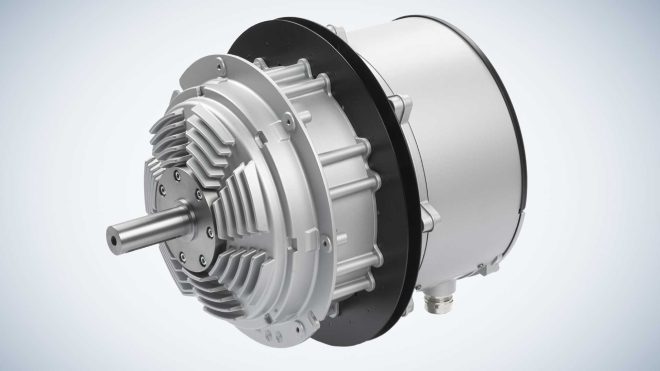
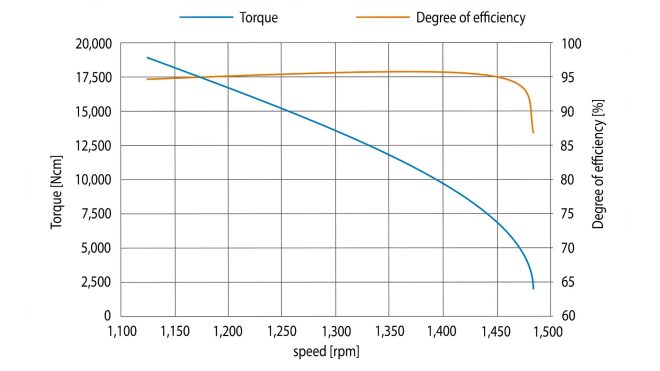
Leave a comment